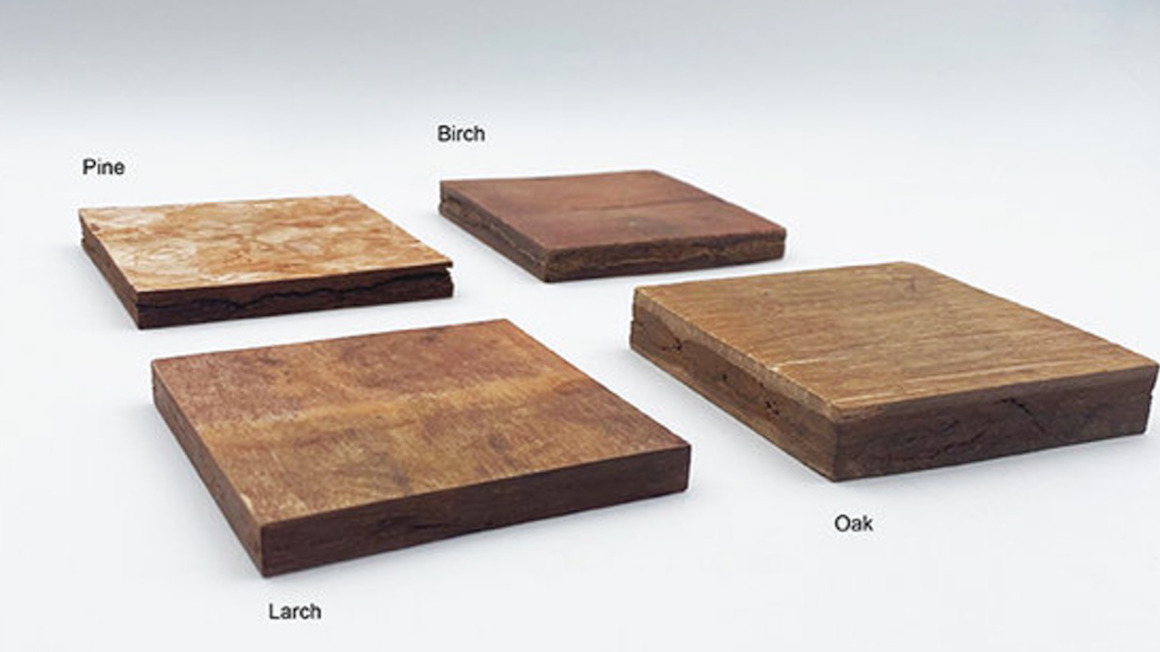Glue free wood panels from tree bark
Researchers have succeeded in pressing wooden boards from the bark of native trees that do not require glue, thus enabling easy reuse.

Tree trunks consist of up to 20% bark, which until now has only been partially utilized. Researchers at the Max Planck Institute of Colloids and Interfaces (MPIKG) have now significantly expanded the use of native tree bark through a new process. As part of a feasibility study, the team was able to demonstrate that tree bark can be preserved in its natural state and processed into panels without adhesives. The glue-free bark panels could replace conventional chipboard in interior design or in the furniture and packaging sector.
Natural structural properties of tree bark used
Particleboard consists of wood chips glued together with glue or resins to form a board. They can therefore contain toxins such as formaldehyde. Moreover, the pieces of bark must first be chopped and processed in a time-consuming process. The new technique does without all this. Instead, the researchers use the natural structural properties of the bark of native tree species such as pine, larch, birch and oak.
Bark plates hydraulically compacted with heat
As the team reports in the scientific journal PLOS ONE, the barks were peeled from the trunks and dried as usual. However, instead of gluing them together, the insides were then compressed using a hydraulic press at 90 degrees Celsius. "A major advantage of 'pure' single-component products is that there is no need to separate the components after they have been used," says Charlett Wenig, lead author of the study, adding, "Even if the structure of the raw material is changed, the basic building blocks remain the same and can therefore still be easily used for further processing, for example to obtain chemicals or fibers, or as fuel for energy production."
Properties comparable with chipboard
Tests have shown that the bark panels pressed without glue can keep up with conventional particleboard in terms of flexural modulus and strength as well as transverse tensile strength. The use of tree bark is significantly expanded with the help of this new process and once again shows its potential. The decisive factor, however, is that the hot-pressed bark panels do not require artificial and toxic binders and can therefore be further processed without high energy expenditure.
Paving the way for the production of sustainable wood panels
In addition to the MPIKG, researchers from the University for Sustainable Development in Eberswalde and ETH Zurich were also involved in the study. The team is convinced that the new processing method is an important "step on the way to producing sustainable panels using a natural waste material while retaining its advantageous structure and natural chemical composition".
bb


